In vivo ensemble recording with tetrodes
Behavioral neurophysiology has been the workhorse of system neuroscience for many decades. With the introduction of multi-electrode array, especially the configuration of tetrode drives, tens or even hundreds of cells can be recorded simultaneously.
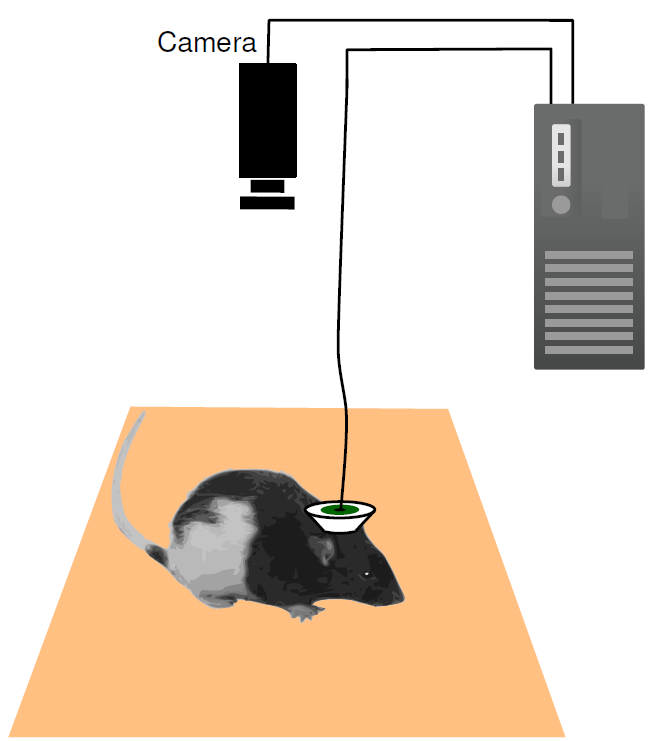
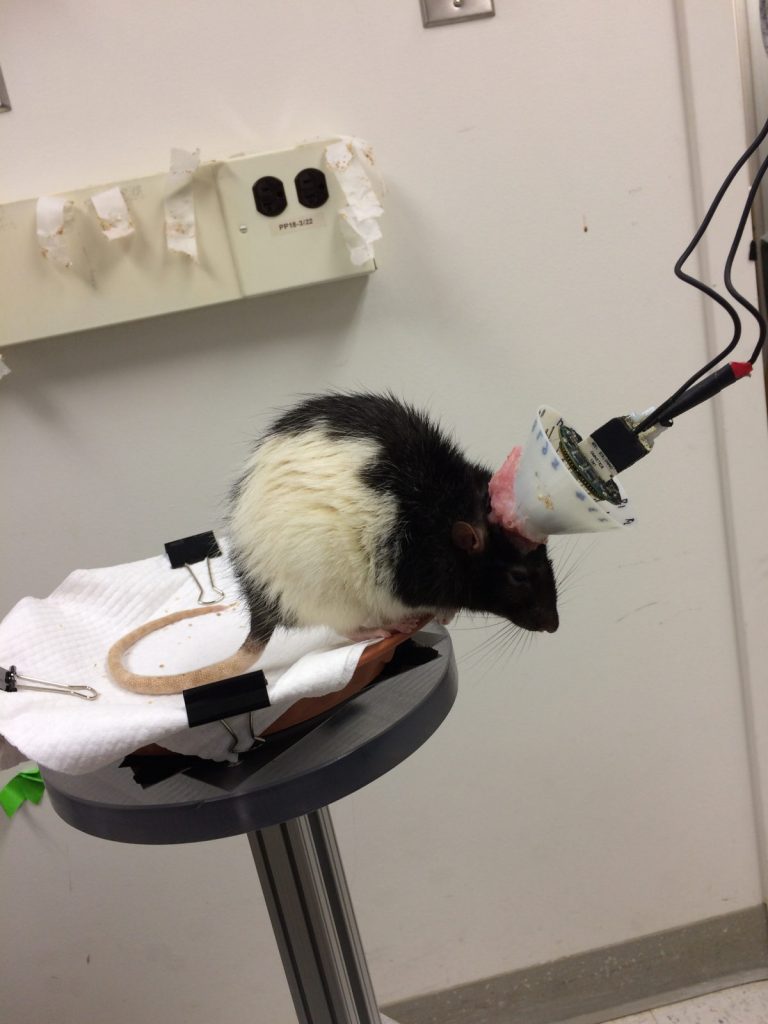
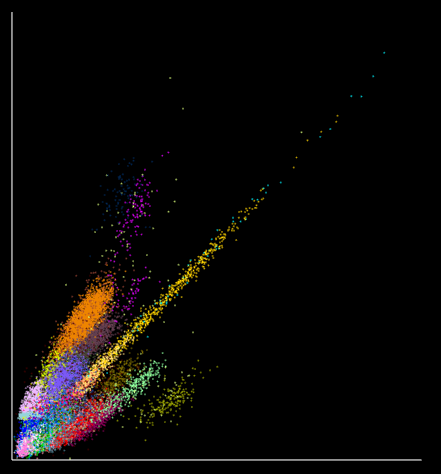
Molecular and viral tools
Viral technologies have revolutionized modern neuroscience. With the ability to introduce almost arbitrary endogenous or exogenous genetic element in cells with anatomical/genetic/expression profiles, we are endowed with the ability to dissect and manipulate our circuits of interest.
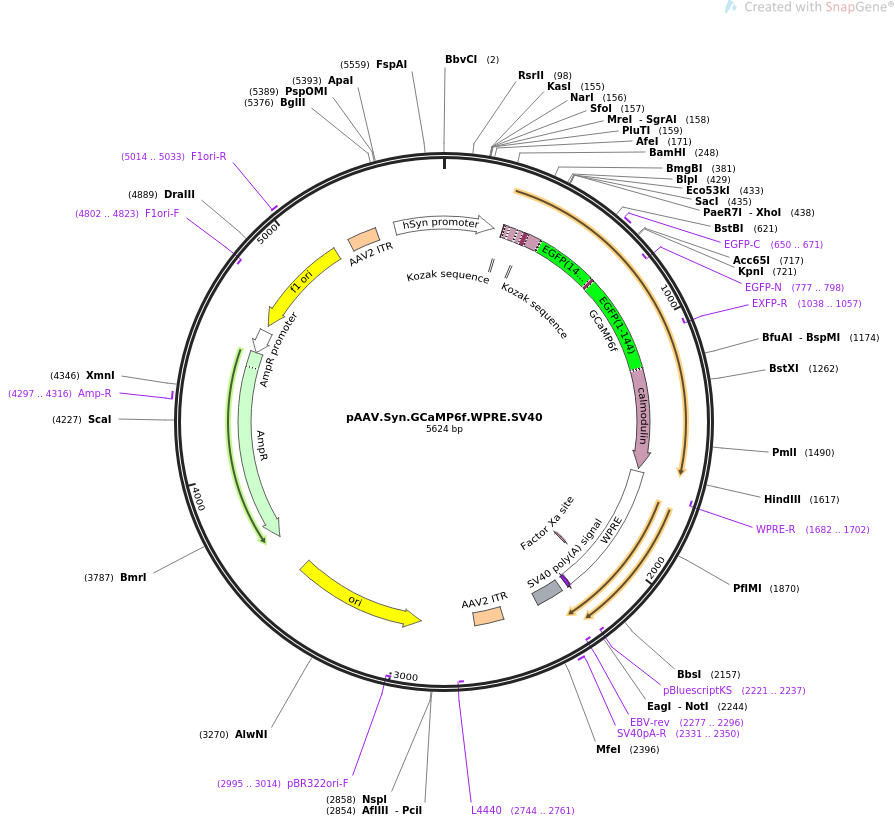
Microendoscopic calcium imaging in freely moving animals
High-through activity monitoring can also be achieved with calcium imaging. With the advent of miniaturized devices, it is now feasible to associate the activity of genetically defined cells with behavior.
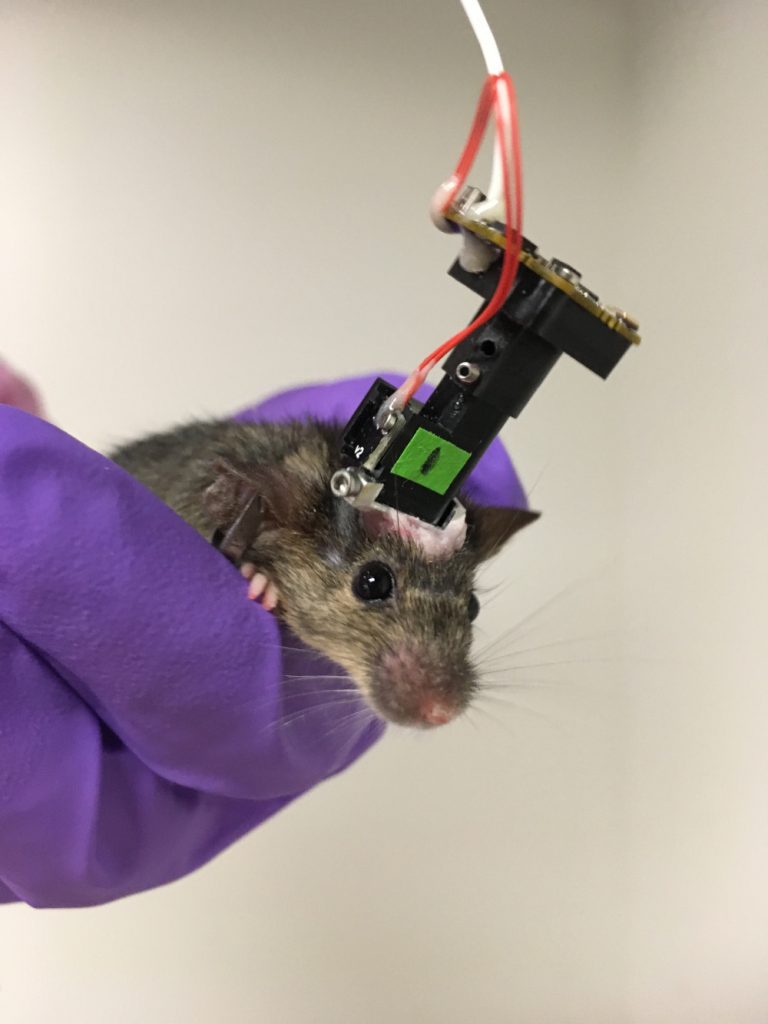
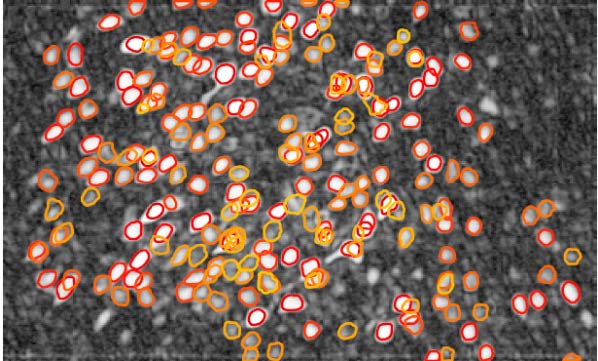
In vivo two-photon guided whole-cell patch/cell-attached recording, juxtacellular labeling and recording in freely moving animals
Although it’s convenient to be able to access the activity of an ensemble of neurons, we are loosing important details, such as the morphology, location, and local connectivity properties. The tried-and-tested traditional techniques (with modern modifications) still shine in various applications.
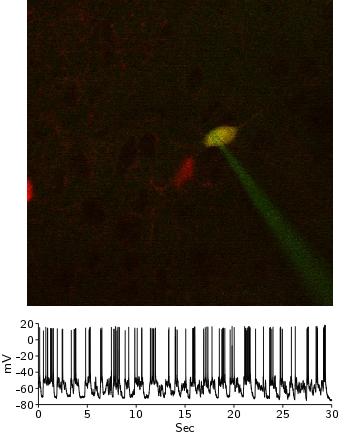
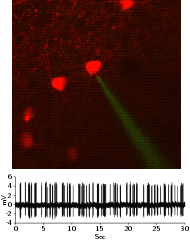

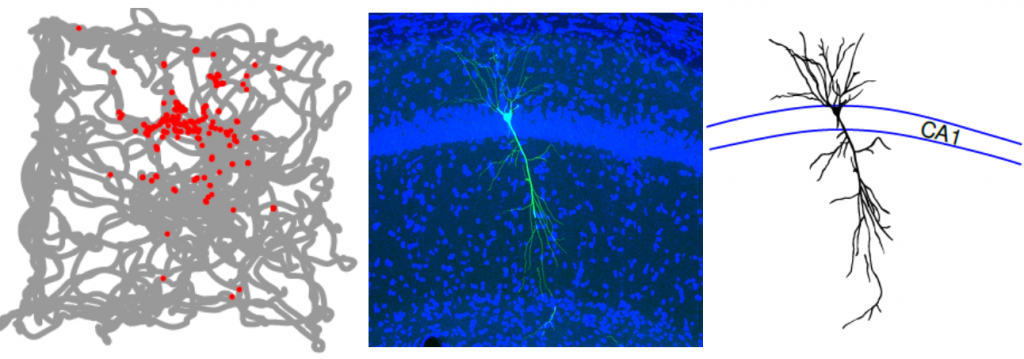
Computational data analysis and modeling
We use various computational techniques to model and interpret our experimental data.
